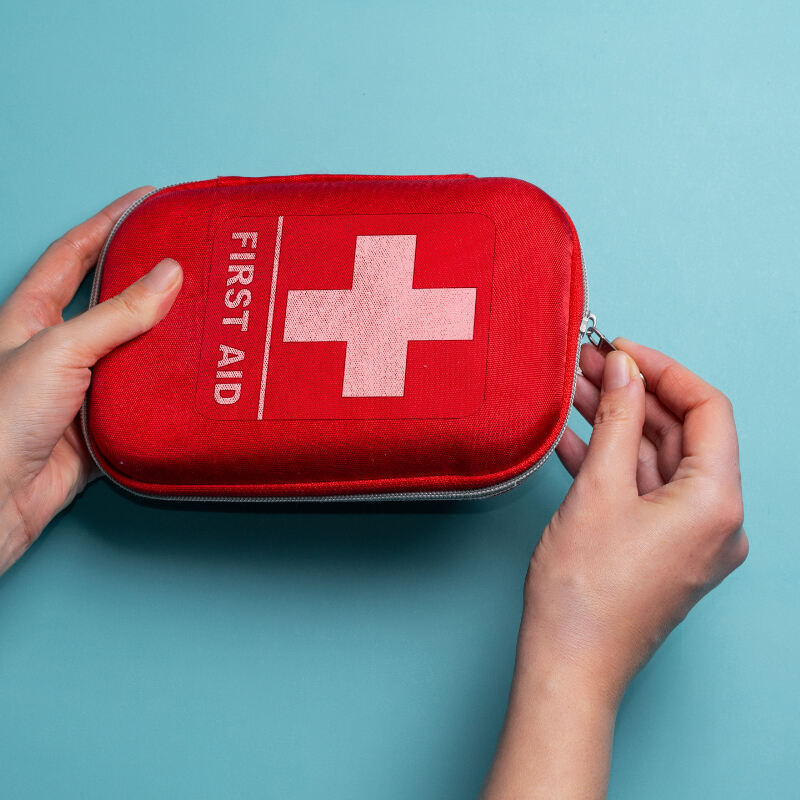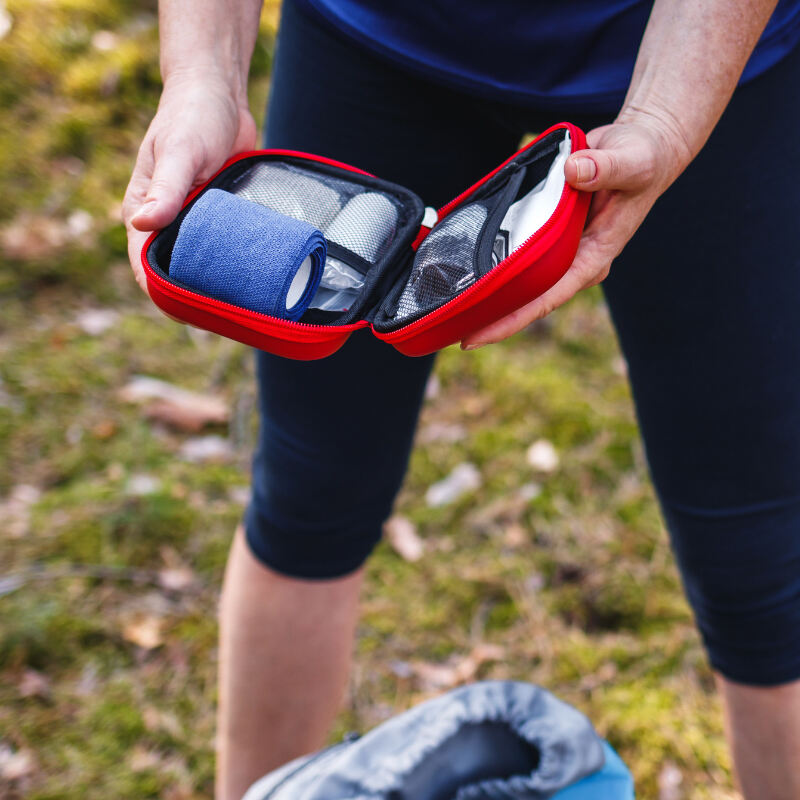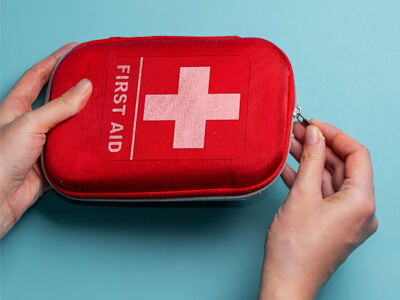Traveling offers the thrill of new adventures, but it also brings uncertainties, including the potential for injuries and medical emergencies. A professional-grade travel first aid kit can make all the difference in such situations. Tailoring your kit to address a broad range of potential emergencies ensures you're prepared for anything, wherever you go. This guide will help you assemble a comprehensive travel first aid kit to keep you safe during your journeys.

Essential Trauma Supplies for Compact Travel Medical Kits
One of the most crucial aspects of creating an effective travel first aid kit is focusing on trauma supplies. Injuries like cuts, burns, and fractures can occur unexpectedly, and having the right tools to manage these situations is vital.
1. Bandages and Dressings
Start with a variety of adhesive bandages in multiple sizes for minor cuts and abrasions. Add sterile gauze pads, adhesive tape, and elastic bandages to handle larger wounds and sprains. Butterfly closures or sterile strips are also useful for closing small wounds when professional medical help isn’t immediately available.
2. Antiseptic Solutions and Wipes
To prevent infection, include antiseptic wipes, alcohol swabs, or hydrogen peroxide. Clean wounds thoroughly to reduce the risk of infections, which can be serious, especially in remote areas where medical help might be delayed.
3. Trauma Shears and Tweezers
High-quality trauma shears can quickly cut through clothing and bandages, making them essential for emergency care. Tweezers are indispensable for removing splinters, glass, or other foreign objects from wounds.
4. Latex or Nitrile Gloves
Wearing gloves can prevent the spread of infections and protect both the caregiver and the patient. Include several pairs in various sizes to accommodate different users.
5. Thermal Blanket
A lightweight thermal blanket, also known as a space blanket, is essential for preventing hypothermia in cold environments. These blankets are compact, making them perfect for travel kits.
6. Splints and Slings
For fractures and dislocations, compact, inflatable or foldable splints are invaluable. Include a triangular bandage to use as a sling or to secure splints in place.
7. Pain Relief and Medications
Stock over-the-counter pain relief medications such as ibuprofen or acetaminophen. Include antihistamines for allergic reactions, anti-diarrheal medication, and any personal prescriptions, properly labeled and stored.
The Role of Hemostatic Gauze in Portable Emergency Care
In emergency situations where severe bleeding occurs, the ability to control bleeding quickly is crucial. Hemostatic gauze has become a game-changer in emergency trauma care due to its effectiveness in stopping severe bleeding rapidly.
1. What is Hemostatic Gauze?
Hemostatic gauze is a type of bandage treated with substances that accelerate the body’s natural clotting process. These gauzes often contain agents like kaolin or chitosan, which work by causing blood cells to clump together and form clots more quickly.
2. Application and Use
To use hemostatic gauze, simply apply it directly to the bleeding wound while applying firm pressure. It's particularly effective for deep cuts where traditional pressure bandages might not work as well. The gauze can be left in place as you transport the injured person to a medical facility, where professionals can provide further care.
3. Portability and Convenience
Hemostatic gauze is usually lightweight and compact, making it an excellent addition to travel kits. Given its life-saving potential, including a few packs of hemostatic gauze can significantly upgrade your first aid kit’s effectiveness in managing severe wounds.
4. Ideal Situations for Hemostatic Gauze
It is especially useful in remote areas where immediate professional medical assistance might not be available. Scenarios might include hiking in secluded trails, camping in the wilderness, or traveling to countries with limited medical facilities.

Conclusion
Building a professional-grade travel first aid kit involves careful selection of supplies to address a variety of emergencies. Focus on trauma supplies to manage common injuries and include advanced items like hemostatic gauze for more serious situations. Regularly check and restock your kit, ensuring that all medications are within expiry dates and supplies are in good condition. With a well-prepared first aid kit, you can travel with confidence, knowing you're ready to handle any emergencies that come your way.
Table of Contents
- Essential Trauma Supplies for Compact Travel Medical Kits
- 1. Bandages and Dressings
- 2. Antiseptic Solutions and Wipes
- 3. Trauma Shears and Tweezers
- 4. Latex or Nitrile Gloves
- 5. Thermal Blanket
- 6. Splints and Slings
- 7. Pain Relief and Medications
- The Role of Hemostatic Gauze in Portable Emergency Care
- 1. What is Hemostatic Gauze?
- 2. Application and Use
- 3. Portability and Convenience
- 4. Ideal Situations for Hemostatic Gauze
- Conclusion
 EN
EN
 FR
FR
 DE
DE
 IT
IT
 JA
JA
 KO
KO
 RU
RU
 ES
ES
 AR
AR
 BG
BG
 HR
HR
 DA
DA
 NL
NL
 FI
FI
 EL
EL
 NO
NO
 PL
PL
 PT
PT
 RO
RO
 SV
SV
 TL
TL
 ID
ID
 SR
SR
 UK
UK
 VI
VI
 SQ
SQ
 TH
TH
 TR
TR
 AF
AF
 MS
MS
 CY
CY
 IS
IS
 HY
HY
 AZ
AZ
 KA
KA
 MN
MN
 MY
MY
 KK
KK
 UZ
UZ
 CS
CS



